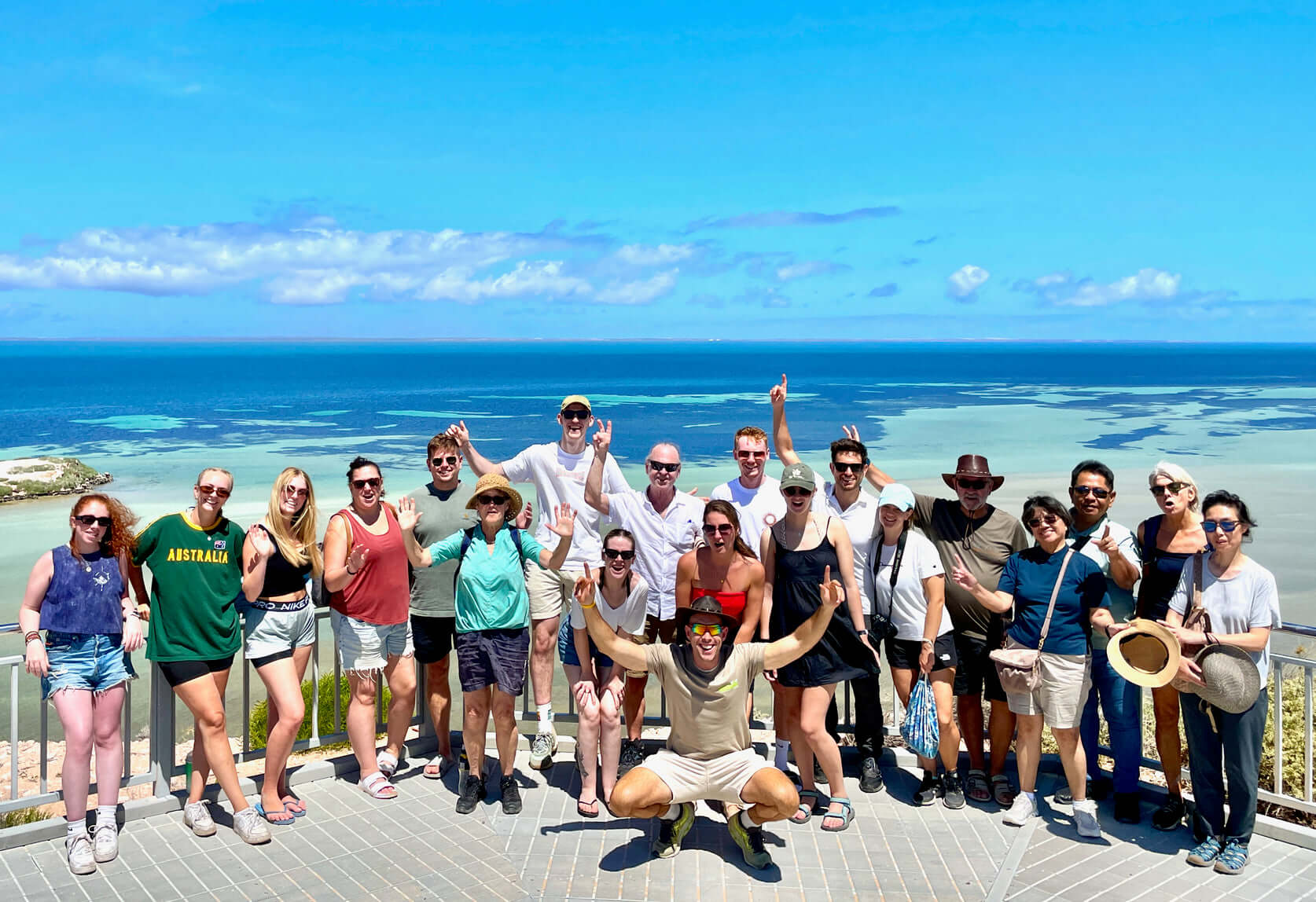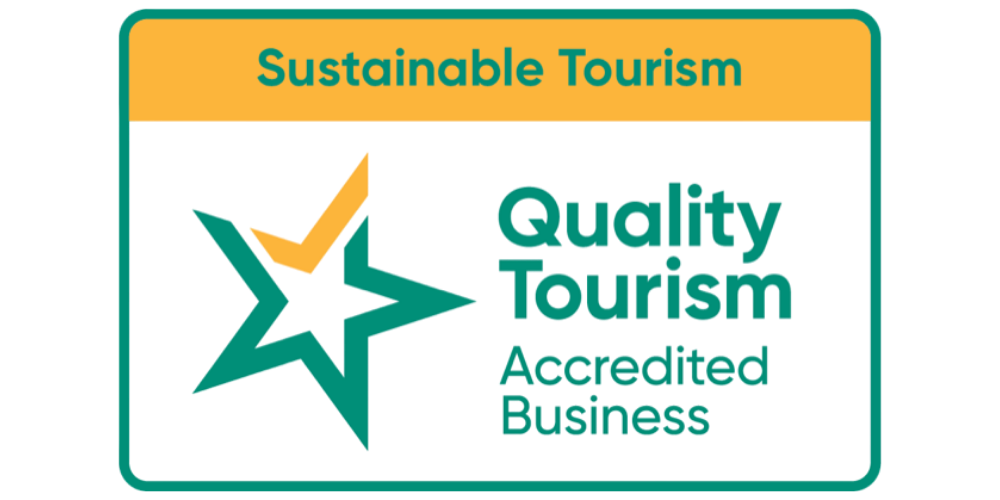Carbon math shouldn’t feel like tax season. Here’s the plain-English version of what drives a tour’s footprint, why estimates can differ, and how to make confident, values-aligned choices—without cancelling the adventure.
What’s actually in the number?
-
Flights: Usually the heavyweight. Distance, aircraft type, and routing matter. (Non-stop > multi-stop.)
-
Ground transport: Kilometres and vehicle type; a well-filled mini-coach beats two half-empty vans.
-
Stays: Nights × accommodation energy use.
-
Meals: Three solid feeds a day add up across a week.
-
Activities & gear: Boats, support vehicles, equipment amortisation—smaller, but not zero.
Want the full approach? See the step-by-step method used for trip estimates: How it happens ›
Why two estimates for the same trip can differ (and that’s okay)
-
System boundaries: Some reports include guest travel to/from the start point; others don’t.
-
Data versions: Emission factors update over time.
-
Assumptions: Conservative vs optimistic inputs (e.g., occupancy, routing, energy sources).
The goal isn’t perfection—it’s transparent, consistent reasoning you can live with.
What 200% offsets actually signal
A 200% policy retires twice the estimated footprint to cover uncertainty and variation between departures. It doesn’t replace reduction (smart routing, fewer transfers, efficient vehicles), but it does create a meaningful buffer while restoration projects do their work. The key is publishing the method and keeping a public record of retirements. (Add this to bookmarks: How it happens ›)
A quick traveller’s playbook to shrink your footprint
-
Choose smarter routing: Non-stop or single-stop flights where possible.
-
Pick itineraries with fewer transfers: Long, needless shuttles add emissions and eat daylight.
-
Travel light: Less weight = marginally lower transport emissions (and happier shoulders).
-
Small groups: Better vehicle fill → better per-person efficiency.
-
Stay longer, move less: More time in fewer places beats rushing five spots in five days.
-
Seasonal sense: Travel when conditions align so boats/vehicles aren’t fighting weather all day.
The 60-second pre-booking checklist
-
Start/Finish: Does the route make sense, or is it pinballing across the map?
-
Transfers: Are distances and modes clear?
-
Group size & guide ratio: Efficiency + safety culture in one metric.
-
Method page: Is there a transparent approach to CO₂e? (Yes—right here.)
-
Offsets: Is the commitment specific and auditable (e.g., 200% retirement with documentation)?
Where this lands, practically
If the heart is set on reef time, look for itineraries that minimise back-tracking and keep most days on the water rather than in transit—like a kayak-forward Ningaloo expedition with logical staging. Example: 5-Day Sea Kayak Expedition ›
Prefer trails underfoot? Multi-day walks that start and finish near the same hub typically beat criss-cross routes. Browse options: Trekking & Hiking ›
Bottom line: Pick the experience that still excites you after the practicalities and the footprint check. Transparency over perfection, reduction where it counts, and offsets that go the extra mile—that’s how adventure and responsibility travel together. Ready to shortlist? Explore all trips ›





